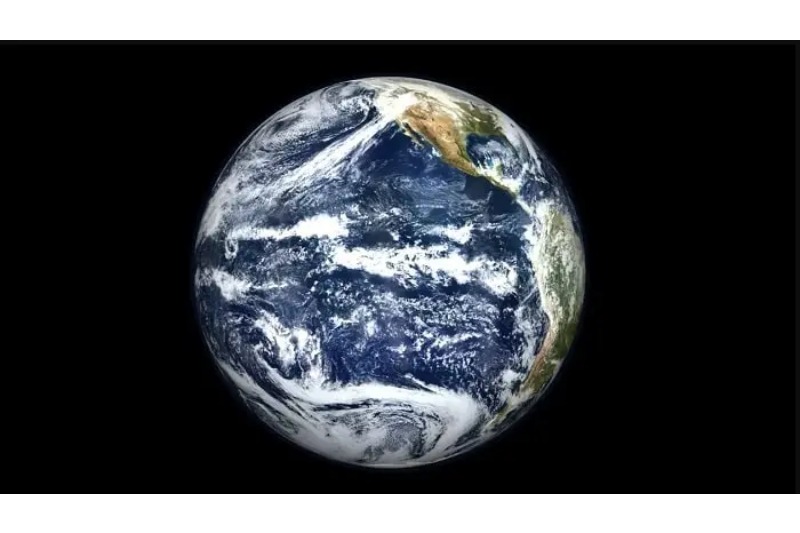On May 7, 2024, NASA announced that it has selected four concept study concepts for missions targeted at improving our understanding of Earth science fields and our planet. These missions are part of NASA’s Earth System Explorers Program (ESEP) and represent a promising first step in the fight against climate change.
The Ocean Dynamics and Surface Exchange with the Atmosphere (ODYSEA), the Earth Dynamics Geodetic Explorer (EDGE), the Carbon Investigation (Carbon-I), and the Stratosphere Troposphere Response using Infrared Vertically-Resolved Light Explorer (STRIVE) are the four concepts.
NASA’s New Research Proposals Centered on Climate
Daily reports on temperature, atmospheric elements, aerosol characteristics, and vertical profiles of ozone and trace gases targeted at ozone layer repair will be made available via STRIVE from the upper troposphere to the mesosphere. ODYSEA will swiftly measure winds and ocean surface currents to provide information about how these factors impact the climate.
EDGE will look at the three-dimensional organization of land ecosystems and investigate the surface topography of glaciers, ice sheets, and sea ice to determine how they are changing. Lastly, Carbon-I will offer sophisticated and intricate measurements of possible ethane and greenhouse gases. Important details about the global methane budget and carbon cycle will be provided by this.
Choosing Which Proposals to Accept
NASA is giving $5 million to each project in order to support more research and conceptual development. Project managers are required to submit their updated plans and findings within a year. NASA will next decide which two of these four ideas to concentrate on, with the goal of launching them in 2030 and 2032.
Each mission has a $310 million budget cap; however, this does not include NASA’s provided space access and use of rockets. These initiatives will support NASA’s Earth-observing missions, which are currently supported by more than 24 satellites and equipment in orbit.
Explorers Program for the Earth System (ESEP)
Focused scientific research are carried out swiftly and effectively by NASA’s ESEP program. In the 2017 Decadal Survey for Earth Science and Applications from Space, published by the National Academies of Sciences, Engineering, and Medicine, there were previously recognized ESE Target Observables (TO) that the program aims to investigate further.
NASA’s resources are directed toward addressing the urgent climate-related concerns facing our planet, thanks to ESEP, which prioritizes these Earth science objectives.
Highlights of NASA’s Selected Mission Proposals with a Climate Focus
A significant step toward our shared goal of reducing climate change through improving our understanding of the planet is the announcement made by NASA recently about the selection of four concept study proposals for Earth science missions.
These projects have each been given $5 million as part of the ESEP to support extensive mission concept investigations over the course of the following year. This will enable NASA to proceed with two of the projects, which it plans to launch in 2030 and 2032.
